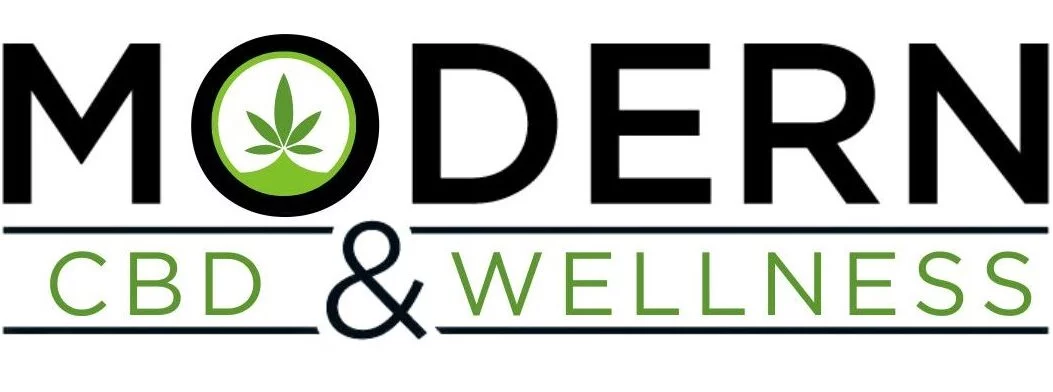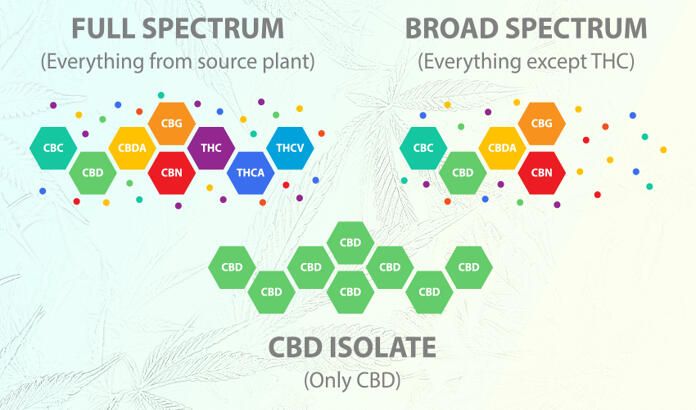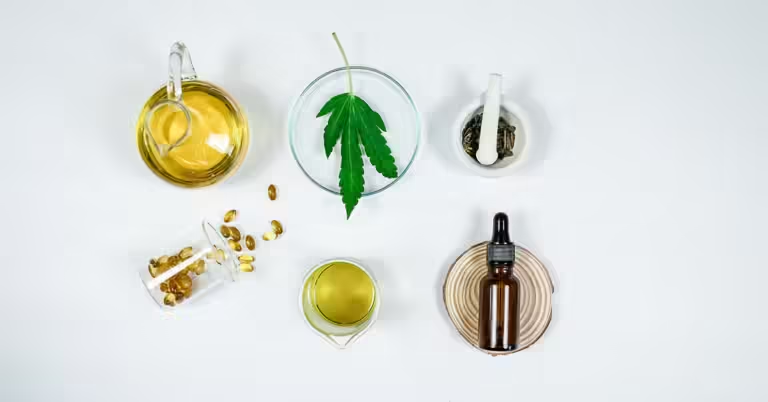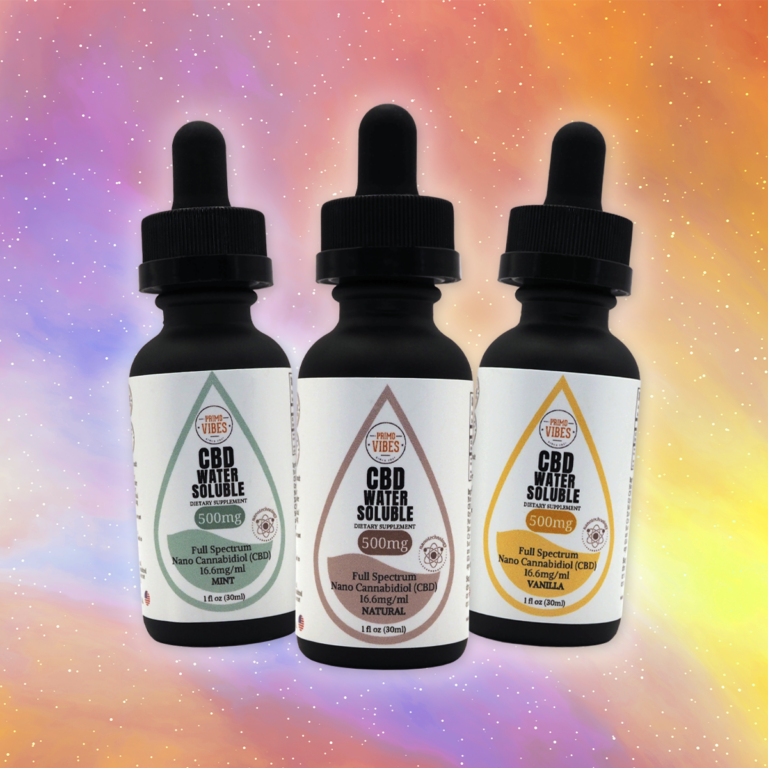A Beginners’ Guide to Hemp Legalization
It seems as though everyone is talking about hemp. Food products, building materials, clothing…it can feel like hemp has integrated into nearly every industry available. While the hemp craze has opened up new doors, it can be difficult to understand how hemp’s legal status has changed over the years.
According to a PBS Newshour article, hemp was made illegal in 1937 with the passing of the marihuana tax act. Similar in appearance to its THC potent cousin, marijuana, it was difficult to tell the two apart. There are many theories as to the official reason why it was banned, from private lumber companies feeling threatened by hemp as a replacement for paper products to fear of an opiate crisis. However, like with most prohibition endeavors, it came to an end.
On January 2, 2014, the 77 year ban on hemp cultivation was disbanded. Known as the Agricultural Act of 2014, this piece of legislation opened the door for hemp relegalization. According to the bill, “The term ”industrial hemp” means the plant Cannabis sativa L. and any part of such plant, whether growing or not, with a delta-9 tetrahydrocannabinol concentration of not more than 0.3 percent on a dry weight basis.”
This legal distinction drew the line in the sand between marijuana and hemp. The Agricultural Act of 2014 also established certain guidelines on how hemp could be grown and who could grow it. While this was undoubtedly a win for the hemp industry, it was merely the starting point.

Six years later, Donald Trump signed the 2018 Farm Bill into law, historically expanding hemp legalization to levels not seen since the 1930s. This law set forth guidelines for not only federal legalization, but also set the stage for state legalization as well.
The 2018 Farm Bill removed hemp as a schedule 1 drug and is no longer considered a controlled substance. This part of the bill further created a clear distinction between hemp and marijuana. It also opened up the industry to more individuals and expanded consumer options.
After the 2018 Farm Bill was signed into law, regulations surrounding hemp on both state and federal levels began to take formation. By 2020, each state had its own set of regulations that outlined who could grow hemp, licensing, compliance requirements, reporting, and other key information. Each state could differ from its neighbor, but all fifty states had to adhere to federal guidelines.
For example, in Texas, House Bill 1325 authorized the production, manufacture, retail sale, and inspection of hemp and products produced from it. While the bill was passed in June 2019, the online portal to apply for hemp licenses did not open until March 16, 2020.
While Texas is just one example, each state’s regulations concerning the hemp industry vary. Those looking to become involved should consult with the regulatory body appointed by their state to oversee the hemp industry. For example, hemp plant strains have to be approved by the Texas Department of Agriculture Hemp Program before anyone can grow them in the state. This is to help ensure that the strains being grown are actually hemp and not a low potency strain of marijuana.
It is also wise when traveling to double check to see what the state laws and regulations are for the destination you are wanting to visit. Varying laws mean what is allowed in your state may not be legal in another. Doing so can help avoid any unwanted hiccups in your travels.
According to the United States Department of Agriculture, 54,152 acres of hemp were grown in 2021. That equals more than 84 square miles. Out of that expansive acreage, 19.7 million pounds of hemp was grown for floral production, 4.37 million pounds were grown for grain, 33.2 million pounds were grown for fiber production, and 1.86 million pounds were grown for seed.
From there, the numbers keep getting larger. According to Globe Newswire, “The Industrial Hemp market size was worth around US$ 4.5 billion in 2021 and is estimated to hit approximately US$ 17.24 billion by 2030. Due to a variety of driving factors, the market is predicted to rise at a significant rate.”
CBD American Shaman is proud to be a leader in the hemp community. According to Zippia, a website specializing in career and brand statistics, CBD American Shaman is ranked as one of the top ten largest CBD companies in the United States. With an estimated 2021 revenue of $24 million and over 200 stores in 30 different states, our brand has become one of the most recognizable in the industry.
But that is just the tip of the ice burg. Being a leader in such a diverse and rapidly transitioning industry takes dedication and experience. That is why we have a focus on consumer education not only about the products on our store shelves but about the plant and industry as well.
Our dedication doesn’t just stop there. All CBD American Shaman products undergo rigorous and thorough quality control testing before being placed on store shelves. We are US Hemp Authority Certified, helping us set a standard for excellence in the hemp industry.
Consumers are encouraged to shop in-store at any one of our locations in Midlothian. When shopping in-store, our customers receive the benefit of chatting one on one with any of our experienced staff members. Our goal is to help you achieve all of your hemp goals. And when you shop in-store, you can even pick up a free sample product to try!
The road to hemp’s relegalization has been a fascinating and complicated one. The legal rollercoaster to creating the hemp programs we know today is the result of hard work and dedication by individuals committed to seeing the hemp plant as part of the solution to many of the problems plaguing our world. Because of legalization on both state and federal levels, we are now able to fully explore all the possibilities in front of us.






